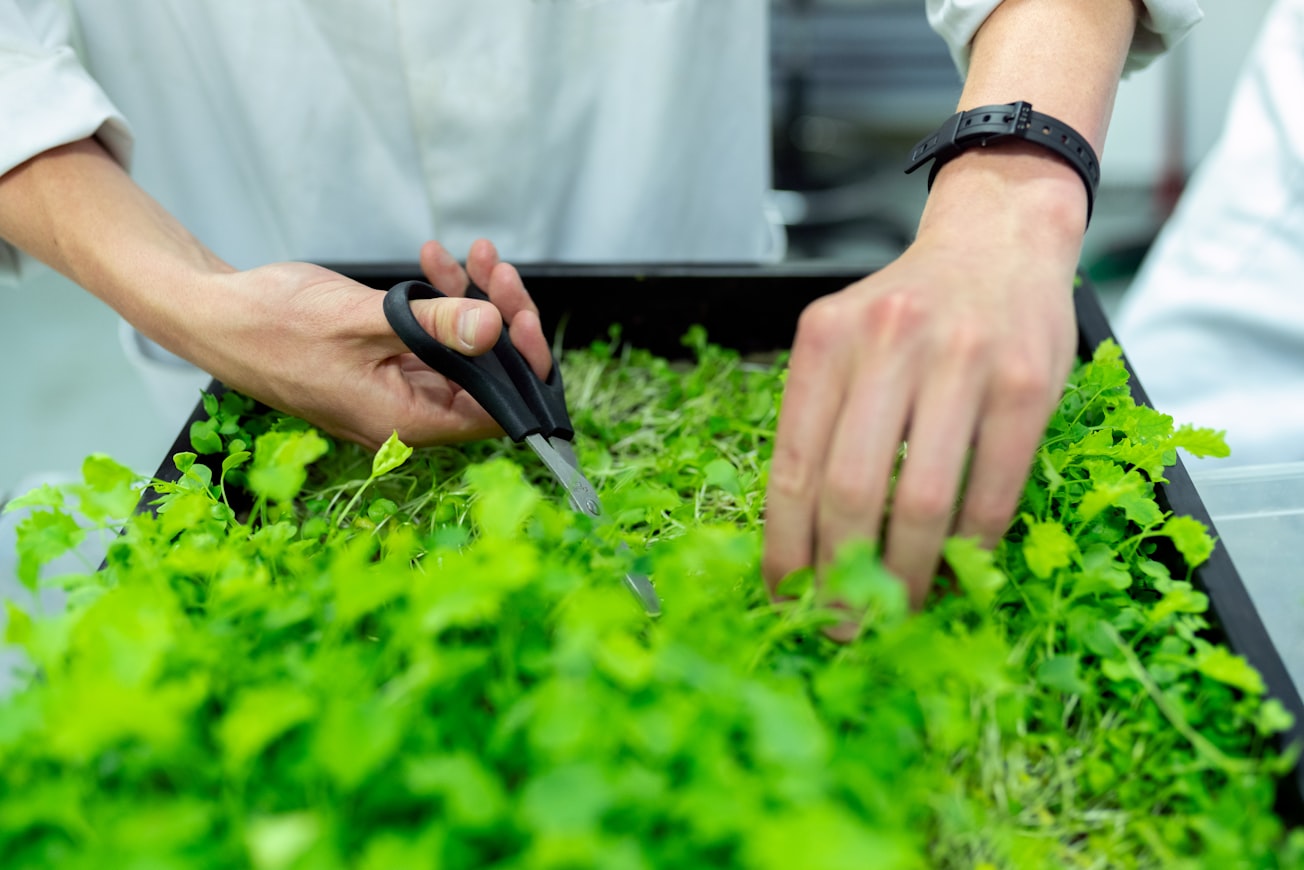What is it about?
Our global ability to produce crops to feed the growing population is threatened by the changing climate. Moving towards production of crops in enclosed environments where factors such as temperature, and light intensity can be folly controlled is a logical step that would compensate for these unpredictable weather. Vertical farming is growing method that aims to do just that. However, the potential environmental impacts associated with it are not well understood. This study sought to address this knowledge gap focusing in particular on the energy requirements of producing a crop in a vertical farm. The study found that traditional ‘open field’ agriculture on average produced crops with the lowest carbon footprint. In contrast crops produced by vertical farms showed a much wider range in values, showing both examples with a very low and a very high carbon footprint. Over 90% of a vertical farm’s carbon footprint came from it’s electricity usage showing this to be a ‘hotspot’ in producing greenhouse gas emissions. A model was run looking at a potential vertical farm in Scotland, exploring how big an impact on the carbon footprint of crops produced in it changes in the electricity mix made. It found that carbon footprint decreased with increasing renewable electricity use. By 2020, the electricity mix in Scotland had a high enough renewable electricity production to lower the carbon footprint of vertical farm produce to on par with that of open field produce. Increasing the electricity mix to 100% renewable electricity production lowered it further. This shows potential for vertical farming to offer a more sustainable and reliable production method than traditional outdoor farms.
Featured Image

Photo by ThisisEngineering RAEng on Unsplash
Why is it important?
Our findings show that the carbon footprint of vertical farming is highly dependant on electricity mix, and that generic regional electricity data may not be sufficient to gain an accurate insight into its environmental impacts. The use of renewable electricity production is seen to reduce the carbon footprint of vertical farm crops, to the point where it may offer a lower carbon alternative to conventional production methods.
Perspectives

This article was intended to be the first step in addressing the knowledge gap when it comes to the reality of vertical farm production, and the role it might play in future food security. There are still many other questions to be answered before we can have a realistic overview on the topic, ranging from environmental to social, but it is hoped that this research will add to the ongoing conversation.
Dr Frances Sandison
The James Hutton Institute
Read the Original
This page is a summary of: Does green vertical farming offer a sustainable alternative to conventional methods of production?: A case study from Scotland, Food and Energy Security, December 2022, Wiley,
DOI: 10.1002/fes3.438.
You can read the full text:
Contributors
The following have contributed to this page







